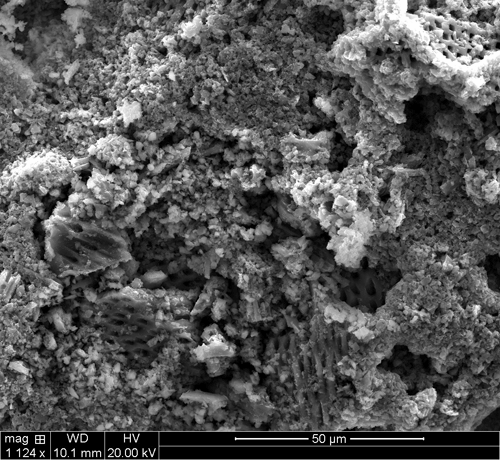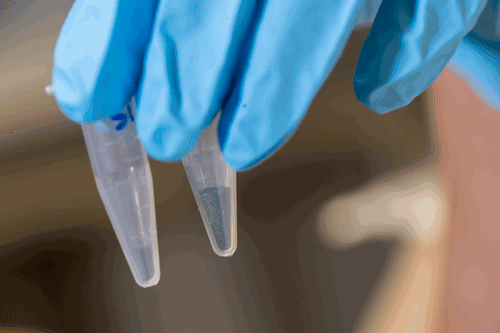Sponge-like battery holds 10 times more lithium-ions than present-day technology
Years of research lead to ground breaking technology
After spending several years investigating battery technology, researchers at Rice University appear to have come across a major breakthrough: they’ve refined silicon-based lithium-ion technology by literally crushing their previous work, and in doing so, they’ve created a higher-capacity, longer-living, less costly anode material that presents significant commercial potential for lithium batteries.

Researchers Madhuri Thakur, left, and Sibani Lisa Biswal are testing anodes made of treated porous silicon that can hold up to 10 times the amount of lithium than graphite anodes in current lithium-ion batteries.
A bit more specifically, the team — which was led by Rice engineer Sibani Lisa Biswal and research scientist Madhuri Thakur — created a silicon-based anode that achieves 600 charge/discharge cycles at 1,000 milliamp hours per gram (mAh/g).
This is a major improvement over the 350 mAh/g capacity found in current graphite anodes.
A silicon solution
Silicon is already known to hold 10 times more lithium-ions than their graphite counterpart. The problem with the material is that it more than triples in volume when completely lithiated. What’s more, as the process is repeated, the constant swelling and shrinking causes silicon to break down.
Over the years, researchers have spent thousands of hours trying to figure out way to make silicon more suitable for battery use. This led to the creation of nanostructured silicone with a high surface-to-volume ration which researchers figured would allow the silicon to accommodate a larger volume expansion.
Biswal, lead author Thakur and co-author Michael Wong, a Rice University professor of chemical and biomolecular engineering and of chemistry, opted to go in another direction instead: they etched pores into silicon wafers to give the material room to expand. By early 2012, they had advanced the process to the point of making sponge-like silicon films which showed more promise than other technologies.
The one thing holding it back was a limitation from the the manufacturer’s standpoint: the material is not as easy to handle when scaled up. So what’d the Rice group do? They decided to crush the film into a powder, creating very tiny, very porous grains. Doing this, they found, allowed the material significantly more surface area to soak up even more lithium ions.

Porous silicon is the basis for a robust anode for lithium-ion batteries.
To demonstrate the solution, Biswal held two vials, one holding 50 milligrams of crushed silicon, the other 50 milligrams of porous silicon powder. The difference is quite obvious:

Fifty milligrams of the treated powder in the right vial has much more surface area than an identical weight of crushed silicon in the left vial.
“The surface area of our material is 46 square meters per gram,” she said. “Crushed silicon is 0.71 square meters per gram. So our particles have more than 50 times the surface area, which gives us a larger surface area for lithiation, with plenty of void space to accommodate expansion.”
“As a powder, they can be used in large-scale roll-to-roll processing by industry,” Thakur said. “The material is very simple to synthesize, cost-effective and gives high energy capacity over a large number of cycles.”
For the curious few out there, the porous silicon powder is mixed with a binder, pyrolyzed polyacrylonitrile, to offer conductive and structural support.
Outlook
Recently, Thakur designed a half-cell battery with lithium metal as the counter electrode and set the capacity of the anode to 1,000 mAh/g — about a third of its theoretical capacity, but three times better than current batteries. The results were stellar, with the anodes lasting 600 charge/discharge cycles at a rate of two hours to charge and two hours to discharge.
In another test, an anode was set to cycle at a five-hour charge and five-hour discharge. It is expected to remain at 1,000 mAh/g for more than 700 cycles.
“The next step will be to test this porous silicon powder as an anode in a full battery,” Biswal said. “Our preliminary results with cobalt oxide as the cathode appear very promising, and there are new cathode materials that we’d like to investigate.”
Story via: rice.edu
■
Advertisement
Learn more about Electronic Products Magazine






